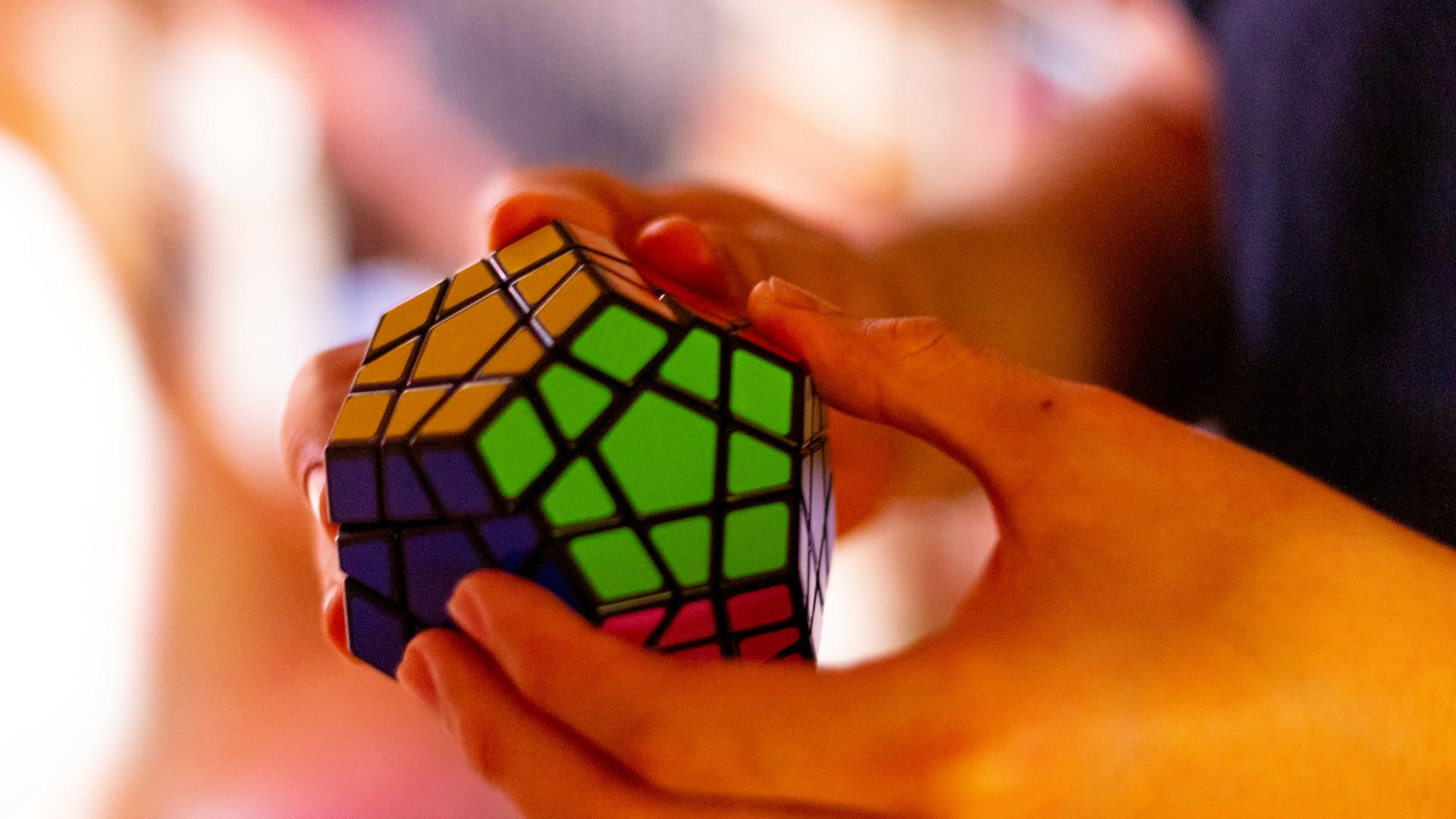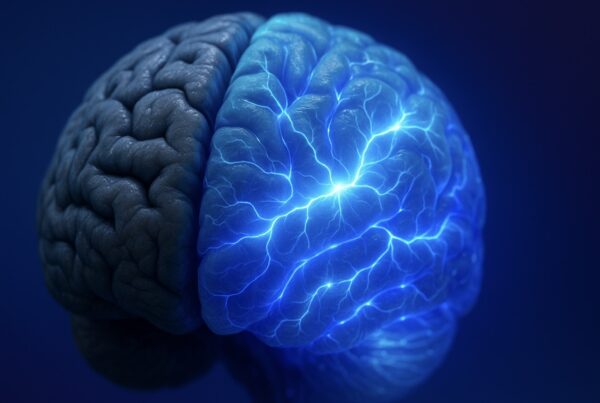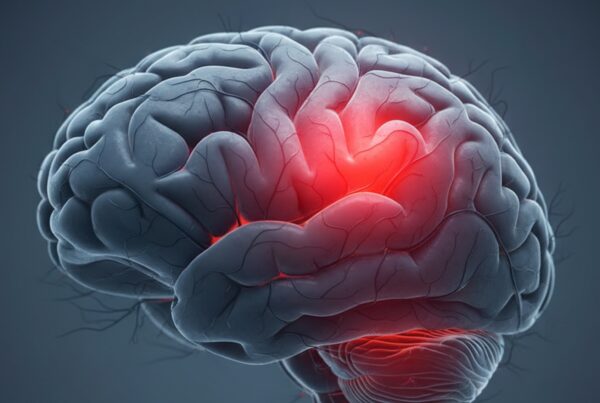The brain receives information.Through a complex yet highly organized process. Every time we see, hear, or feel something, the brain quickly processes signals into meaning. From the five senses to habit formation, all of these stages reflect the wonder of the human nervous system that continues to adapt.
Stage 1: Information Enters Through the Senses
Everything starts with the five senses. The eyes capture visuals, the ears receive sounds, the skin senses touch, the nose recognizes aromas, and the tongue tastes flavors. Each sense has a sensory receptor that converts stimuli into electrical signals to be sent to the brain.
For example, when someone sees the writingInsimen SuperApp, the eye captures reflections of light from the screen, then converts them into nerve signals. This signal is transmitted through the optic pathway to the visual cortex to be interpreted into shapes and meanings.
The relationship between the senses and the brain.
The five senses are the brain's main gateway to receiving information. Without the cooperation of both, we would not be able to understand the world around us. The sensory nervous system is responsible for ensuring that every signal arrives on time, so that the brain can respond according to the context.
In addition, the brain can also prioritize certain inputs, for example, loud sounds amid the noise, thanks to the active attention system (attention system) that is active even before we are aware.
Stage 2: Processing in the Sensory Memory
As soon as the signal is received,The brain receives information.in sensory memory. At this stage, data is stored only for a few milliseconds to two seconds. The goal is simple: to filter out what is important and discard the rest.
The flicker of streetlights or the sound of footsteps is usually ignored. However, a loud horn sound or a dangerous flash will be forwarded to the next stage for a rapid response.
Information Filtering Mechanism
Sensory memory works automatically. The brain evaluates the relevance of every signal based on context, experience, and potential danger. This process maintains the brain's energy efficiency that only focuses on important things.
According to neuroscience research, about 90% of stimuli that enter are not consciously perceived by the conscious brain. But without this mechanism, humans will be overwhelmed by the information explosion every second.
Stage 3: Analysis in Working Memory
After being filtered, important data moves toworking memoryor working memory. Here, the brain begins to analyze, compare, and make quick decisions. Its capacity is very limited—it can only hold about 4–7 pieces of information at a time.
For example, when reading this article, the brain retains several concepts such as “senses,” “memory,” and “decision-making” so you can understand its flow.
Focus and Brain Capacity Limits
Working memory is located in the prefrontal cortex and plays an important role in learning and logical thinking. However, due to its limited capacity, multitasking often actually reduces the quality of information processing.
One effective trick to increase the brain's working capacity is bychunking Grouping information into small parts so that they are easier to remember and analyze.
Stage 4: Connecting to Old Knowledge
The brain does not work in a vacuum. Every timeThe brain receives new information., they immediately match it with the old knowledge stored in the hippocampus. This process is calledassociation.
When reading the phrase "marketing strategy," for example, the brain automatically associates it with the experience of running digital projects at Insimen or creating content beforehand.
The Role of Emotions and Experience
Emotions play a major role in this connection. Information that is accompanied by strong emotions, whether positive or negative, is easier to remember. That is why personal experience leaves a far deeper impression than theory without context.
Neuroscience shows that the hippocampus and amygdala often work together during the formation of this association. The combination of memory and emotion helps us learn faster and react more adaptively.
Stage 5: Storage to Long-Term Memory
If information is considered important, meaningful, or related to emotion, the brain will store it tolong-term memory. This process involves the formation of new neural pathways (neural pathway) that strengthens the connections between neurons.
For memory to last a long time, information needs:
- Repeated consistently.
- Used in real-world contexts.
- Linked to personal goals
- Strengthened by emotion.
Strategy to Strengthen Memory
Repetition is not merely rereading. Real-world applications, such as applying concepts to work or discussing them, actually deepen memory. That is why active learning is more effective than simply listening.
The human brain is plastic and capable of changing its structure according to experience. This process is known asneuroplasticityand become the basis for human ability to continue to develop.
Stage 6: Decision Making by the Prefrontal Cortex
After the information is understood, the prefrontal cortex acts as the command center. This part of the frontal brain regulates logic, planning, focus, and self-control.
For example, after reading the new concept, you might think:I can implement this in Insimen's business next week.Here, the brain turns knowledge into decisions and actions.
Executive Function of the Brain
The prefrontal cortex is often called the brain's CEO. They not only make decisions, but also control impulses and prioritize actions in line with their goals. Without this part, humans have difficulty managing time, controlling emotions, or thinking strategically.
In addition, the coordination between this part and the limbic system determines the balance between rationality and emotion, two main factors in every human decision.
Stage 7: Strengthening Through Neuroplasticity
When information is used frequently, neural pathways in the brain become stronger. This process forms.habits, expertise, and intuition. This is the essence ofneuroplasticity the brain's ability to adapt to experience.
For example, someone who regularly writes news for Insimen or Olam News will become faster at recognizing patterns, finding ideas, and executing narratives naturally.
Habits as a result of brain learning.
Neuroplasticity explains why practice and consistency are more important than talent. Each repetition strengthens neural connections, making certain activities automatic. In the long term, this habit shapes a person's identity and expertise.
From sensory stimulus to strategic decision-making, processThe brain receives information.is a complex journey that occurs in milliseconds. Each stage is interconnected and forms the pattern of human learning.
In short:
Information → Senses → Sensory Memory → Working Memory → Old Knowledge → Long-Term Memory → Decision → Habit
Understanding this flow helps us learn more effectively and optimize the brain's potential. Keep reading the related articles on Insimen to deepen your understanding of how the mind works and modern learning strategies.















